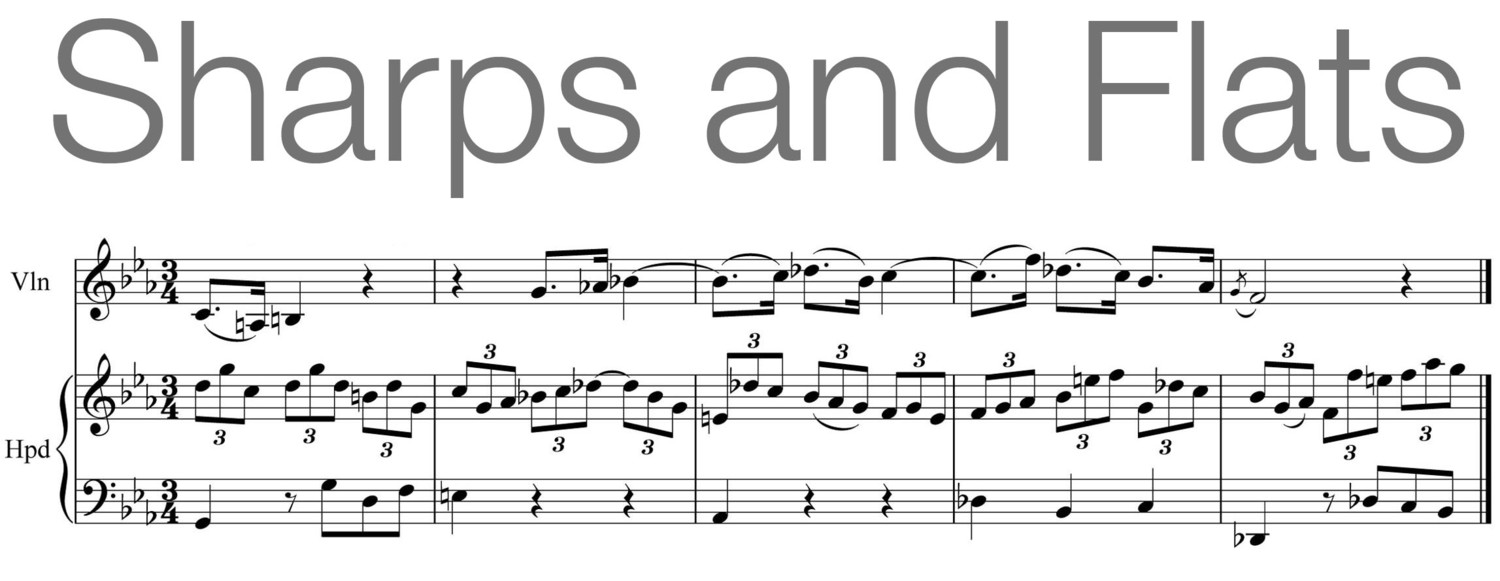Hello friends. Today starts a series of blogs on writing about music. In each installment I will offer excerpts from three or four reviews of classical music performances, plus quotes from writings about the music itself.
Characterizing music in words is ultimately impossible. Music simply doesn’t permit explanation. But, as Daniel Barenboim has said, because one cannot describe the meaning of music in words does not mean that music has no meaning. The excerpts I will include will show how close a writer has come to evoking musical meaning, or, in some cases, how clearly the writer has failed.
Some critics rely on flowery metaphors to describe music, with images of the sea, crashing thunder or sunlight flickering through forest leaves. Others hear human emotions in the music: sadness, joy, despair, glorious triumph - their musical lexicon exhausts the emotional dictionary. I will include some of these to show how desperate critics have become in trying to explain music.
To avoid these excesses a critic may simply describe the progress of the music, noting passages that grew louder or softer, higher or lower, faster or slower. This may be good reporting (and is a good procedure for beginning listeners), but doesn’t convey much about the music.
Beethoven, after performing one of his latest piano sonatas at an elegant soiree, was asked by a puzzled listener what the difficult music meant. As an answer, Beethoven sat down and played the work again.
I will not comment on the examples, but will leave it to you to judge whether the writer has been clear or not, and whether a descriptive phrase enlightens the music or buries it.
I am happy to include examples readers of sharpsandflats.net might find and send to me. Post them on the Comment section and we will all take a look at the end of the blog, and I will try to include them in the next installment of the blog. Be sure and identify the source.
Sample quotes from reviews
The chorus Then did Elijah the prophet break forth like a fire was taken about twice too fast, in spite of Mendelssohn’s instructions. For surely no difference of opinion as to the right tempo can extend to making a rattling allegro of a movement marked moderato maestoso.
He (Mendelssohn) is a wonder whilst he is flying; but when his wings fail him, he walks like a parrot.
George Bernard Shaw, p.256
Shaw On Music - Doubleday Anchor 1955
Listening to music is such a muddle that one scarcely knows how to start describing it. The first point to get clear in my own case is that during the greater part of every performance I do not attend (pay attention)..The nice sounds make me think of something else.
What do I hear during the intervals when I do attend? Two sorts of music. They melt in to each other all the time, and are not easy to christen, but I will call one of them "music that reminds me of something," and the other "music itself...” I thought that music must be the better for having a meaning. I think so still, but am less clear as to what "a meaning" is. In those days it was either a non-musical object, such as a sword or a blameless fool, or a non-musical emotion, such as fear, lust, or resignation. When music reminded me of something which was not music, I supposed it was getting me somewhere. "How like Monet!" I thought when listening to Debussy, and "How like Debussy!"
E.M. Forster, Listening to Music, 1939
That (Busonoi violin/piano sonata) and the Shostakovich sonata were powerful, gripping experiences with playing that was not only technically polished but exploding with concentrated purpose, expressive force, and the feeling that something vital was being said.
George Grella, New York Classical Review, Nov 12, 2021
If a D flat chord can be decent, can be understanding, then the one Haitink drew that evening from the orchestra strings near the start of Mahler’s concluding Adagio, that composer’s farewell to life, was that and more.
David Allen, NY Times, Oct 26, 2021
In his view, this E-flat prelude is “a magnificent temple in sound.” ”At one point,” he goes on, “the one-bar units expand to two bars – as if the welcoming father is stretching his arms still wider.” Later, the music reaches G minor. “Are we lost? Or are we perhaps merely standing in the middle of the temple?…Are we outside, one might say, or inside?”
Paul Griffiths, quoting cellist Steven Isserlis in a review of Isserlis’ book, THE BACH CELLO SUITES.
Times Literary Supplement, Oct 8, 2021. Regarding prelude to Bach, Cello Suite #4.
In the opening bars (of the Beethoven Symphony no, 7), the first big A-Major chord landed with a grand thump, but the tuttis in the third, fifth, and seventh bars were more recessed, ceding space to the intervening oboe, clarinet, horn, and flute solos.
Alex Ross, New Yorker – Aug 30, 2021
At first, segments of the melody are played in tentative, harmonically rich strands. Then, while violins ascend to high, softly tender lines, in lower registers other strings begin stirring, as if to get this piece up and running.
Anthony Tommasini, NY Times, October 18, 2012
